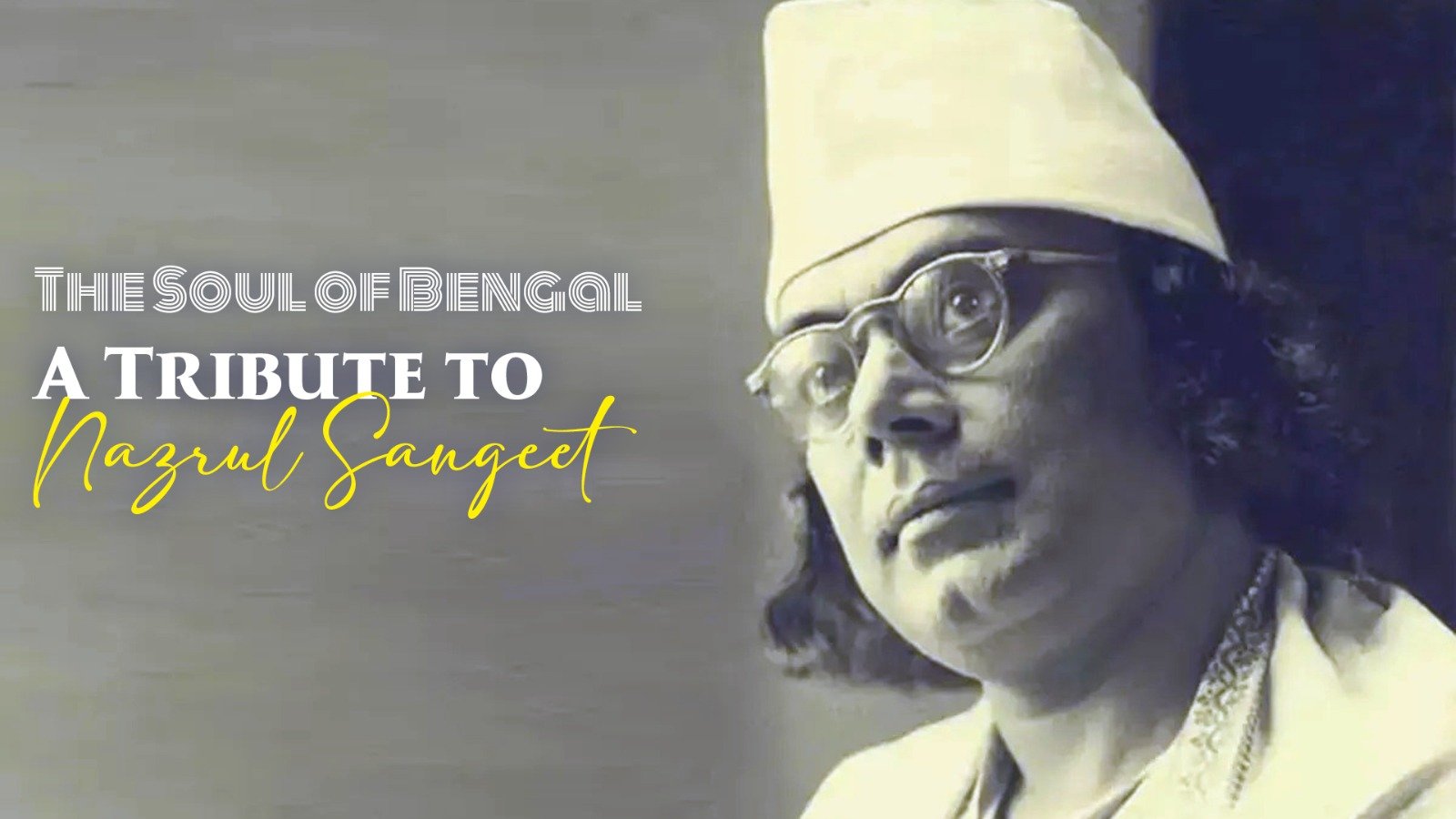Holi is a major Hindu festival, celebrated annually in the spring season. It is the festival of colors during which people, streets, and houses could be seen covered in different colors. It is also called the festival of love, as people play with colors, forgetting their old enmity and renewing their relationships. Holi is a two-day festival, which begins the night before the main festival with choti (small) holi, when a large pyre is burned on streets as a symbol of Holika Dahan (burning of the demoness Holika) symbolic of the victory of good over evil. The next day people play with colors and in the evening visit each other exchanging greetings and sweets. The custom of visiting friends and relatives continues for over a week. People celebrate Holi with utmost zeal and enthusiasm, especially in North India. One day before Holi, people conduct a ritual called ‘Holika Dahan’. In this ritual, people burn heaps of wood in public areas. It symbolizes the burning of evil powers revising the story of Holika and King Hiranyakashyap. Furthermore, they gather around the Holika to seek blessings and offer their devotion to God. The next day is probably the most colorful day in India. People get up in the morning and offer pooja to God. Then, they dress up in white clothes and play with colors. They splash water on one another. Children run around splashing watercolors using water guns. Similarly, even adults become children on this day. They rub color on each other’s faces and immerse themselves in water. They bathe and dress up nicely to visit their friends and family in the evening. They dance throughout the day and drink a special drink called the ‘bhaang’. People of all ages relish hols’ special delicacy ‘gujiya’ ardently. In short, Holi spreads love and brotherhood. It brings harmony and happiness to the country. Holi symbolizes the triumph of good over evil. This colorful festival unites people and removes all sorts of negativity from life.
The Celebration of Holi
Jesica Sen
||
Post On > Feb 8 2023 ||


asd
2025-10-13 02:40:59

The Soul of Bengal: A Tribute to Nazrul Sangeet
2025-09-01 13:45:33

The Psychology of Singing: How Your Mood Shapes Your Voice
2025-08-20 11:02:30

Respecting Stage Artists: The Heartbeat Behind Every Performance
2025-08-06 11:30:17

1
2025-07-30 11:24:31

Uttam Kumar Movie Songs: The Golden Voice of Bengali Cinema
2025-07-24 11:39:01